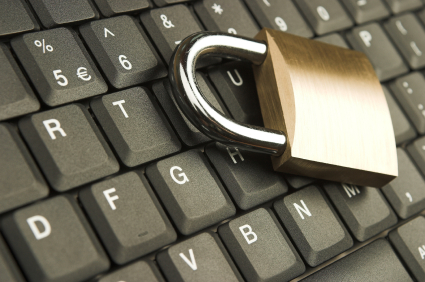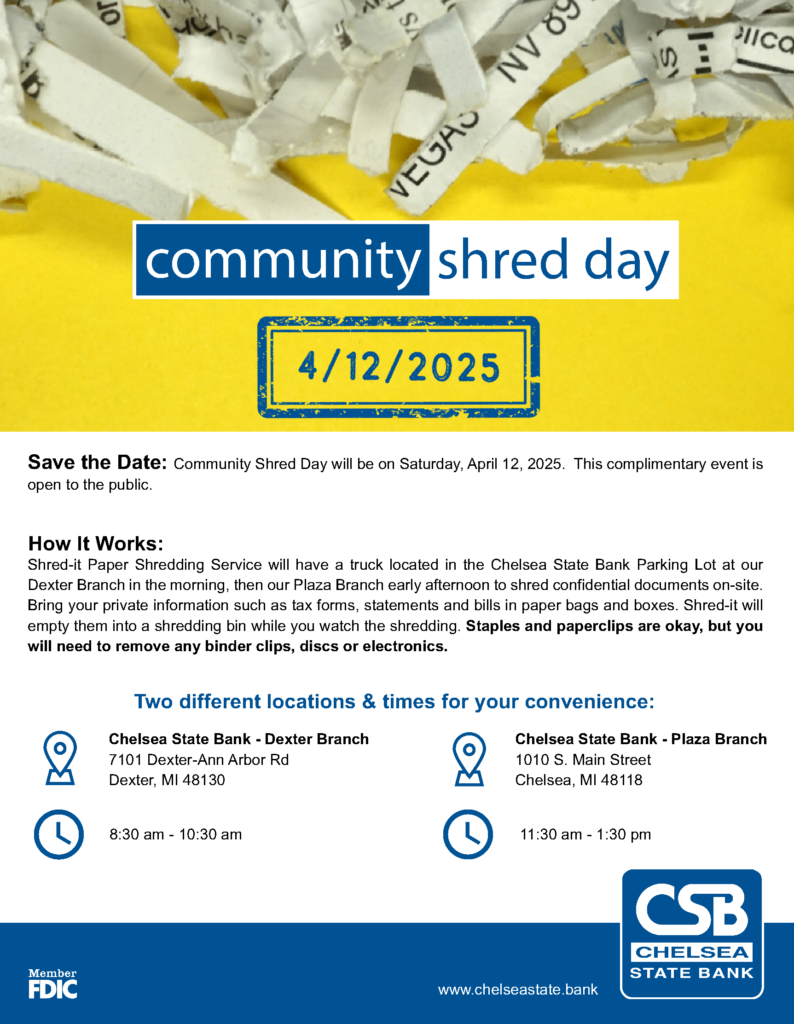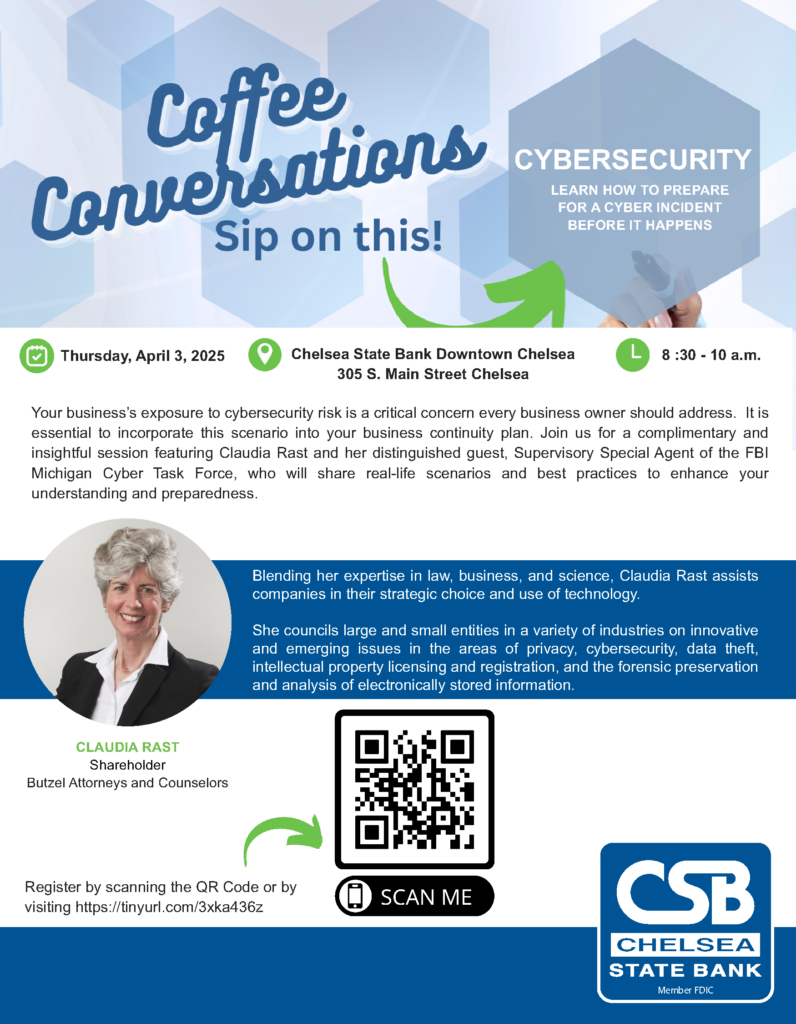5 Steps to Protect Your Financial Data From Fraud
Identity theft is an ever-present threat to your financial security. According to a new NerdWallet study on credit fraud, identity theft may increase in the coming year. Read on for a few easy steps you can take to greatly reduce the chance of becoming a victim of fraud.
1. Create complex passwords
Your passwords are virtual locks on your sensitive information, so if they’re too easy to remember, they’re easy to break. SplashData, a technology security provider in Los Gatos, California, revealed that the most popular passwords in 2014 were “123456” and “password” for the fourth year in a row. So make your password complex by adding upper- and lowercase letters, numbers and symbols.
2. Update PINs and passwords
Even if you have strong personal identification numbers and passwords for your accounts, keeping the same ones year after year can be risky. Update all of your financial account passwords and PINs at least once a year.
3. Check your transaction history online
Financial institutions like Chelsea State Bank provide online banking, which can be a tool for spotting fraud. Scan your recent transactions on a weekly basis for any purchase or withdrawal you don’t remember making. If it’s clear that a transaction is fraudulent, report the incident to your bank.
4. Don’t open or respond to suspicious emails
Not all email should be opened. If you receive email that says you won a contest or a prize that you never signed up for, it may be a “phishing” or email scam. In general, these scams request your personal information immediately. Delete any odd emails without opening them.
Some scammers may even pose as the Internal Revenue Service and claim there’s an error with your tax records. The IRS never initiates contact by email, text messages or on social media to request personal information, so any such request is a scam that should be reported.
5. Gather emergency contacts
If you do identify fraud, reporting it quickly can be vital. Keep a list of phone numbers handy, including the fraud hotlines for your bank and credit card issuer. If you’ve been the victim of fraud or you have particular reason to be concerned about fraudulent activity, you can set up a fraud alert with the major credit reporting companies.
By following these steps, you can make yourself a more difficult target for hackers and improve your chances of avoiding theft. The time you spend boosting your security now can give you greater peace of mind later.
Spencer Tierney, NerdWallet
© Copyright 2015 NerdWallet, Inc. All Rights Reserved



